"I could not suggest anything I would like you to do better. The service you provided materially exceeded my expectations. I would especially like to commend Simon Bonner; he is easily the best recruitment consultant I have ever dealt with. I particularly valued his advice and guidance throughout the recruitment process. Through your help, I believe we have been able to recruit an outstanding sales professional, who, most importantly, is a great fit for our company's values."
Subhash Chopra, BTS Holdings Limited

Writing a person specification: key considerations
Page Overview:
At Aaron Wallis Sales Recruitment, we emphasise that crafting a precise person specification is as important as defining the role itself. This page explains how a person specification articulates the personal qualities, skills, experience, and attributes, such as communication, leadership, problem-solving, and sector knowledge, that an ideal candidate needs to succeed. It walks you through how pairing this with a job specification sharpens candidate screening, reduces bias, speeds up hiring, and enables more strategic evaluation using a Mandatory–Essential–Preferred (MEP) framework. Use it to clearly define who you're looking for, and make hiring more efficient, objective, and successful.
When starting your recruitment process, one of the initial steps that a hiring manager should take is crafting a person specification.
What is a person specification?
A person specification is a document that lists the necessary qualifications, skills, experience, and characteristics that a specific job role requires. This document helps employers to evaluate candidates during the recruitment process by providing clear criteria for assessment.
It is important to note that a personal specification is distinct from a job specification, which outlines the role and responsibilities of the job. Here you can review an example job specification to see the difference.
What does the person specification do?
A person specification serves as a written portrayal of the perfect candidate for the position at hand. It serves to outline the skills, knowledge, qualifications, and experience deemed necessary by the employer for a candidate to fulfil the role proficiently.
Typically, the person specification is developed in tandem with the job description, which outlines the purpose and responsibilities of the vacant position.
The person specification is a valuable tool for employers during the creation of job advertisements and while briefing recruitment agencies. It serves as a point of reference for the selection and shortlisting process.
Why do you need a person specification?
The person specification is pivotal in ensuring a standardised and impartial assessment of all applicants based on consistent criteria. It acts as a safeguard, allowing the employer to justify their selection criteria objectively, especially in the event of an investigation prompted by a discrimination complaint. This approach eradicates bias, personal favouritism, and prejudice, which can hinder a successful and equitable recruitment process.
An effective person specification also aids candidates in evaluating their own suitability for the role and the organisation before they submit their applications. This, in turn, helps in reducing the influx of applications from individuals whose qualifications may be less aligned with the position's requirements.
Additionally, the person specification serves as an indicator of an organisation's commitment to equality and compliance with employment laws. It underscores the importance of assessing candidates based on their job-related abilities rather than extraneous factors like protected characteristics.
Lastly, the person specification, along with the job description, can serve an internal purpose, forming the foundation for future staff development, promotions, or performance appraisals.
Person specification checklist
Below is a checklist of things to include in a person specification:
- Job Title: Clearly state the position.
- Qualifications: Specify required degrees, licenses, or training.
- Experience: Indicate the necessary work experience, including years, roles, and sector experience.
- Skills and Knowledge: List essential technical and soft skills, such as software proficiency, communication, and problem-solving abilities.
- Competencies: Identify critical competencies, like teamwork, adaptability, and decision-making.
- Personal Attributes: Describe important qualities, such as attention to detail and integrity.
- Special Requirements: Note specific job-related requirements like travel or irregular hours.
- Physical Requirements: Mention any physical demands.
- Cultural Fit: Specify alignment with company values.
- Language Proficiency: If needed, state language requirements.
- Certification or Licensing: If necessary, mention required certifications.
- Education Level: Define the minimum educational background.
- Salary and Benefits: Optionally, include salary and benefit information separately.
- Reporting Structure: Explain reporting relationships.
- Location: Specify the job location.
- Miscellaneous: Include any other job-specific requirements.
Any criteria must meet the following:
Clarity and Precision: The selection criteria should be crystal clear and precise, leaving no room for confusion. This clarity helps applicants understand the qualifications, skills, and experience needed for the position, making shortlisting and decision-making consistent.
Rationale and Fairness: The criteria should have a valid reason for their inclusion, directly related to the specific job tasks and requirements. Including unjustifiable criteria can discourage suitable candidates from applying and may be seen as discriminatory.
Impartiality: A well-crafted person specification should not discriminate and should promote diversity while aligning with the job's requirements. The listed knowledge and skills must directly correspond to the position, avoiding any biased language or unnecessary demands.
Measurable Standards: When establishing selection criteria, it's crucial to consider how to evaluate applicants based on these criteria. This may involve asking specific questions or requesting examples from their previous work experience.
Equality: The selection criteria must be equitable, unbiased, and directly relevant to the job's demands. Steer clear of any discriminatory statements or language related to ethnicity, race, nationality, age, religion, sexual orientation, gender identity, or disability.
Useful Tips for Crafting a Person Specification:
- Set Realistic Expectations: It's important to be realistic when crafting a person specification. It's rare to find a candidate who meets every single criterion. To address this, differentiate between mandatory and preferred qualifications.
- Address Skill Gaps: Identify any skill gaps within your team that need to be filled. This can help foster diversity and complement the existing strengths of your team.
- Align Assessment Methods: Make sure the assessment method for each criterion aligns with the desired attributes you're looking for in a candidate.
- Review the Tone: Take a close look at the tone of the document to ensure it is straightforward and inoffensive. Seeking input from colleagues can help you avoid unintentional offence and make the document more inclusive.
Navigate our advice on recruitment planning:
by clicking the following icons:
Date published: 6th August 2025

by Darren Dewrance
Founding Director

About the author
Darren Dewrance
Darren spent six years in sales and field sales before joining the original sales recruitment specialist, Austin Benn, in 1998. After achieving the status of top consultant, out of about seventy at the time, Darren rose from Senior Consultant to Operations Manager of the commercial sector before leaving to join a London based Headhunter in 2003 before setting up Aaron Wallis with Rob in October 2007.
With a natural leadership style, Darren is an expert on putting his finger right on the heart of the problem. His natural commercial instincts have helped hundreds of employers make better recruitment decisions. Darren is married with two children, and when not at work or with his family, he likes nothing more than to be on the side of a river or a lake with a rod in his hand.
Please call us to discuss your vacancy
From our blog
Our employers say...
Our candidates say...






